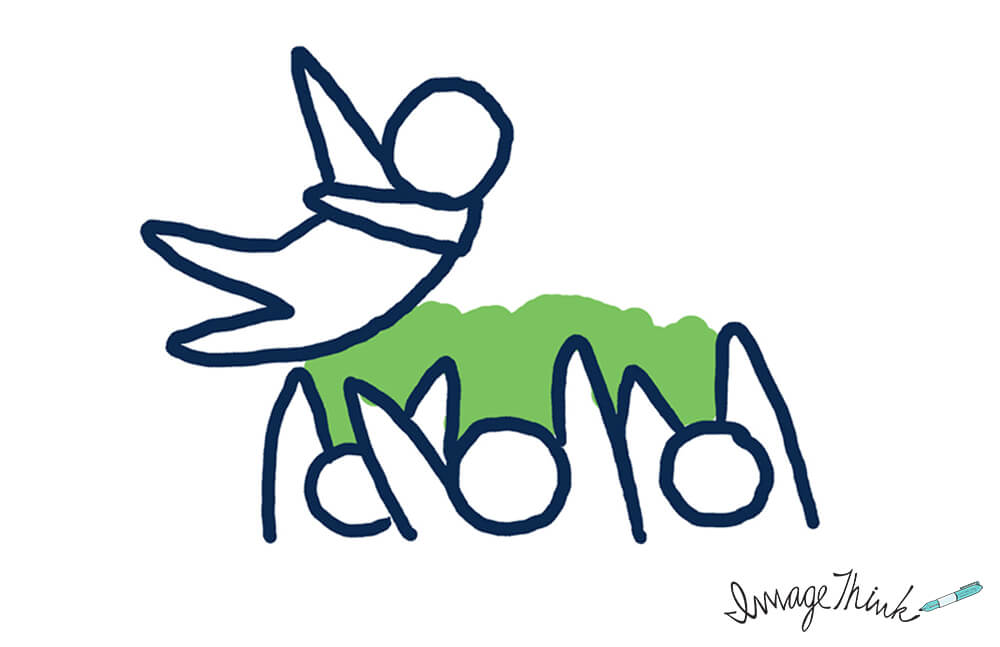
Recruiting and talent management are some of the most important processes at any organization…
…but what happens when you hire too many “cultural fits”? How does HR “earn a seat at the table”? And what do you say to a 23 year old that thinks they should be made CEO after working at the company for only 6 months?
ImageThink was a proud creative partner with Viseo at their recent Talent Summit in Silicon Valley, which gathered thought leaders from Linkedin, Google, Tinder (and more) to talk about talent recruitment and human resources planning. We were there to create visual stories of the content discussed, and these were the top 5 takeaways…
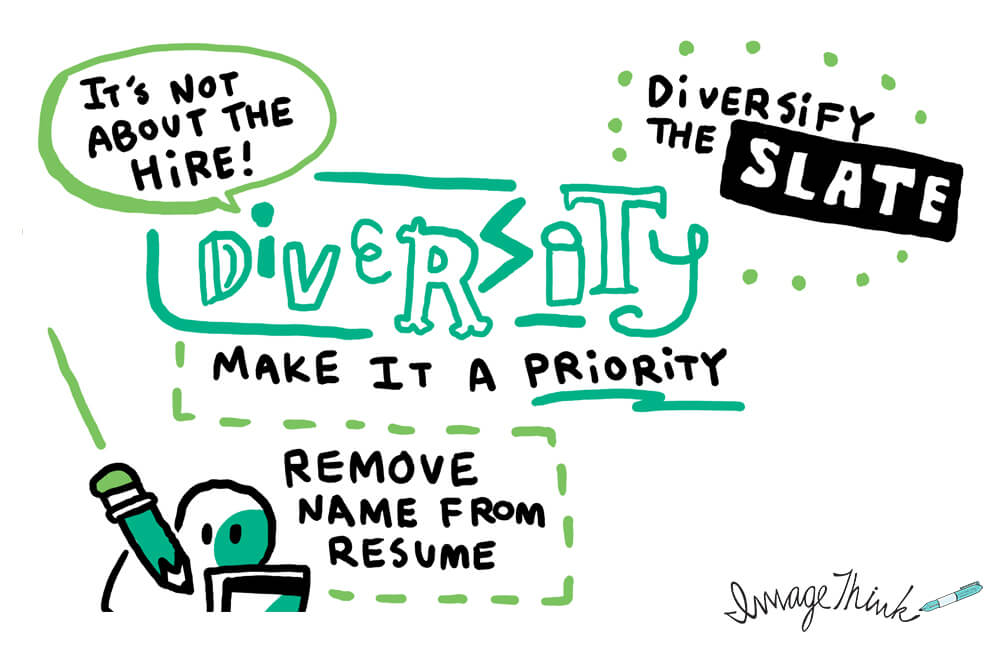
Make Diversity a Priority
Diversity is a major topic of discussion for many organizations. There are many reasons having a diverse workforce is not only important, but should be made a priority at your company. Your talent recruitment efforts should actively seek people from different backgrounds, gender, race, and age. One practice we found interesting was that some companies remove the applicant’s name from their resume before they review it.
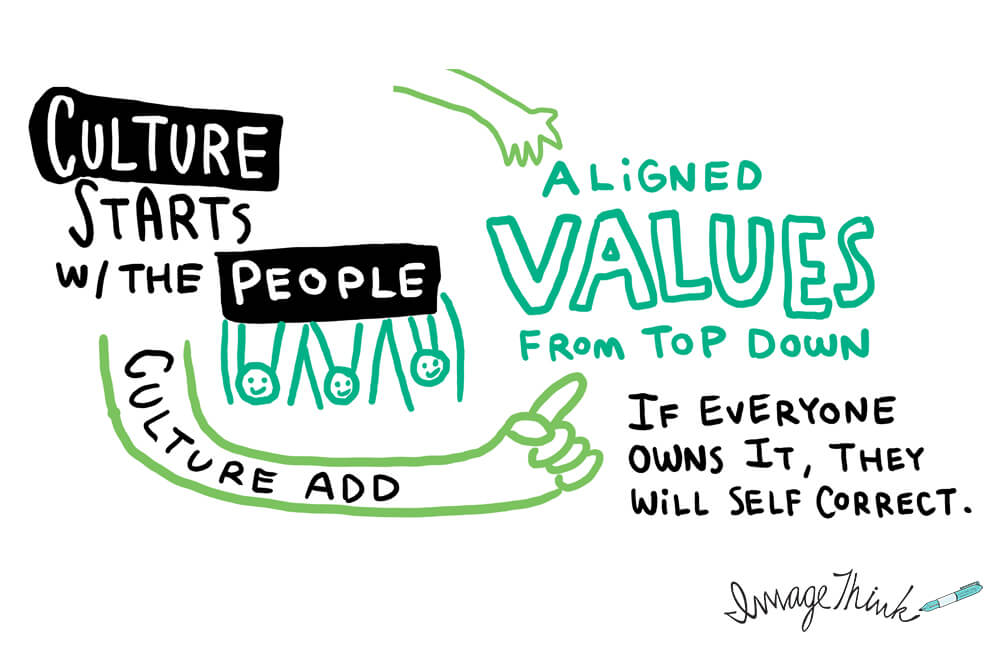
Focus on “Culture Add” not “Culture Fit”
Another reason diversity is important is to have unique approaches to opportunities. “Culture Fit,” in many cases, means hiring people that are just like you. “Culture Add” is a more inclusive way of recruiting; it also gives your company the strengths it didn’t even know it needed. When the applicant adds to the culture, they are more inclined to own it.
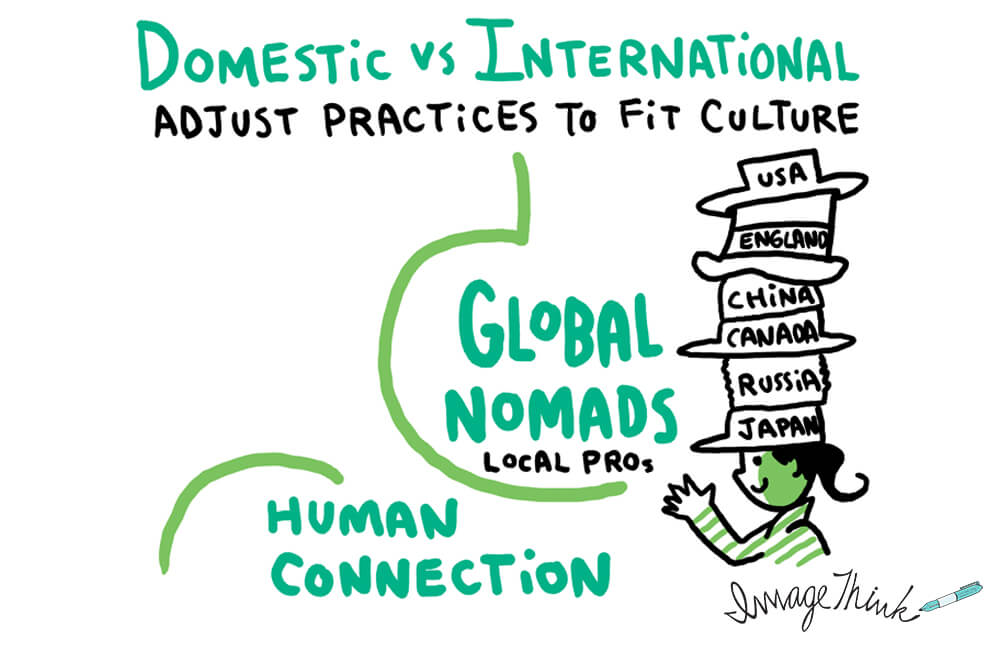
Global Nomads for Global Business
Globalization is here to stay. To achieve global growth (the right way) you must adjust your business practices to fit other cultures. The idea of having “Global Nomads” is to hire local professionals (cultural adds again!) that know the culture of the areas you are a part of, or would like to do business in. Using this talent recruitment strategy, you will personalize your approach, avoid any faux pas, and show your sincere commitment to the geography.
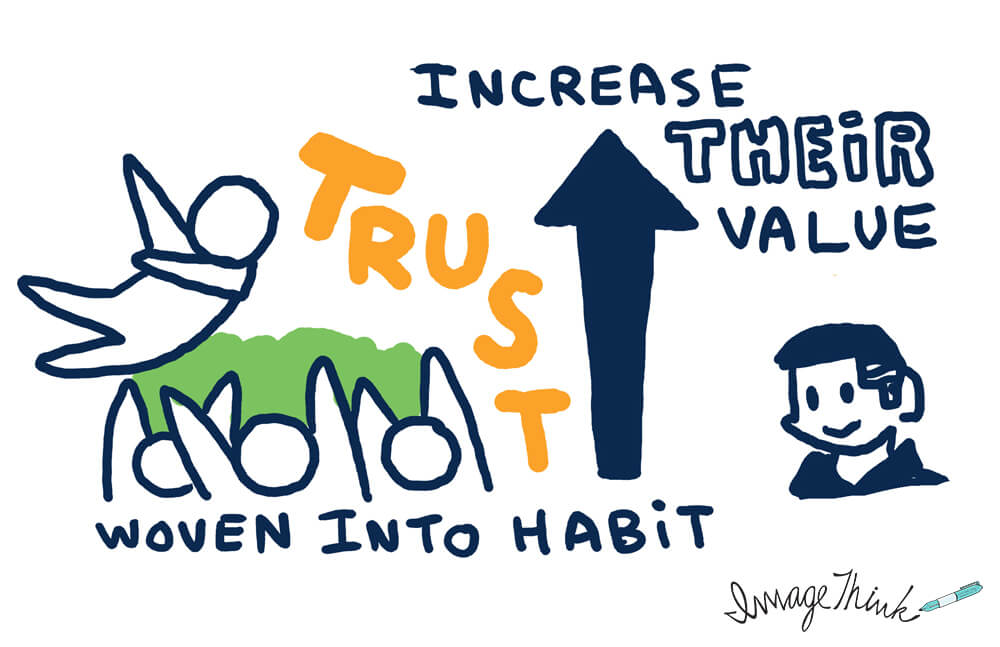
Trust Must be Woven into Habit Using Assessment Tools
Many of us are familiar with Lencioni’s 5 Dysfunctions of a Team, and the absence of trust is the foundation for team failure. Use assessment tools as part of a talent development strategy to identify motivators, spot process fatigue, gain empathy, and reinforce your purpose. Once this becomes routine, everyone’s value will increase. At ImageThink, we have supported many offsites and internal strategy sessions using visuals for trust building and team assessment.
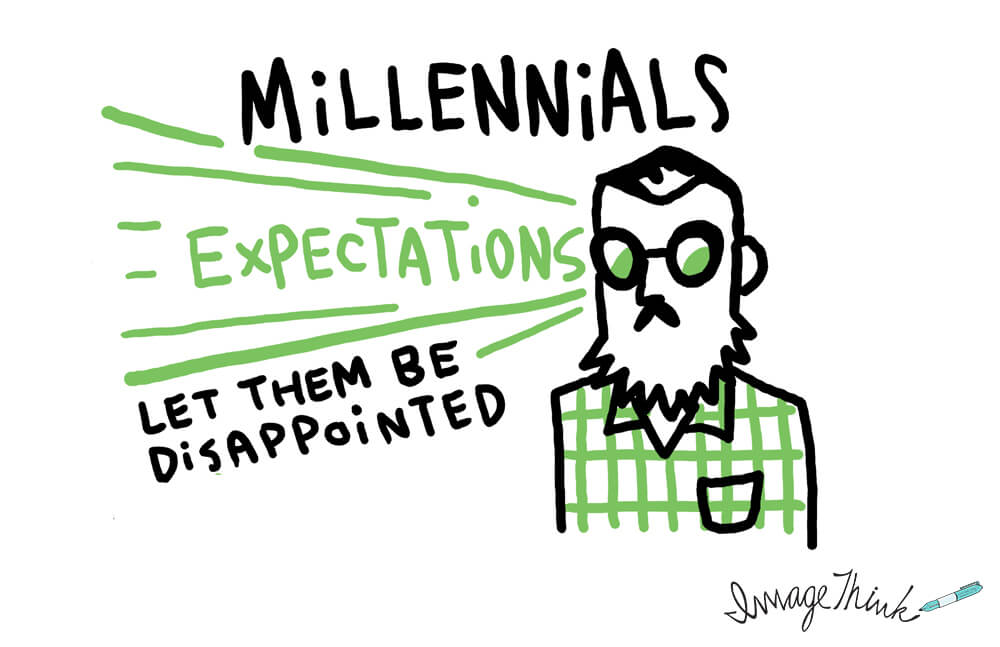
Let Millennials be Disappointed
Investors and human capital are another salient topic, and the important thing to remember about new talent is that you must have an open dialogue with them about their expectations. Through coaching, self-awareness, and flexibility (on both sides), there may still be disappointment. But disappointment is natural, and it’s OK to go at a humbler pace in your career. It will not scare them off as long as you recognize their goals and support them with talent development opportunities along the way.


